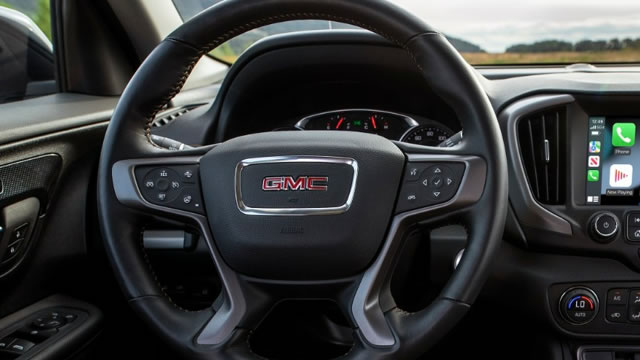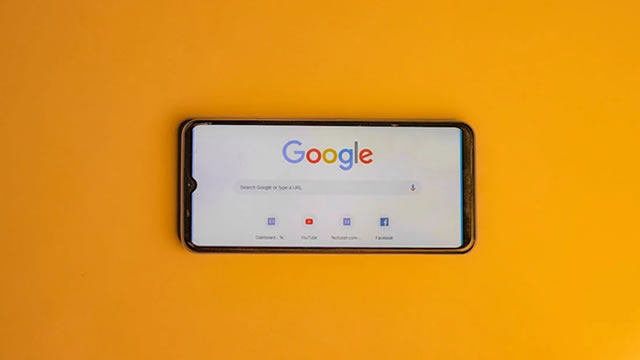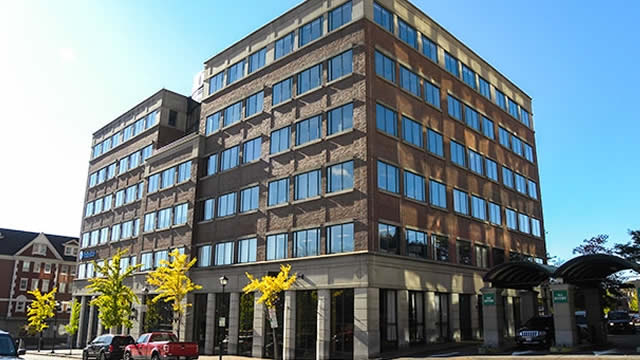Cruise Announces Major Layoffs and Shutdown, Focuses on Super Cruise and Personal Autonomous Vehicles
In a surprising move, autonomous vehicle company Cruise, owned by General Motors (GM), announced that it would be laying off approximately 50% of its workforce. This decision affects not only the rank-and-file employees but also reaches the top echelons, with CEO Dan Ammann among those let go. The cuts come as Cruise prepares to wind down operations and transition under the umbrella of its parent company.
Background
Cruise, a San Francisco-based autonomous vehicle startup, was founded in 2013 and has been a leader in the self-driving car industry. With significant investments from GM, Cruise had been making strides in developing and testing autonomous vehicles. However, the path to commercialization has proven longer and more challenging than anticipated.
Impact on Cruise
The layoffs are part of a larger restructuring plan aimed at saving costs and refocusing Cruise’s efforts. According to reports, Cruise had been burning through cash at an unsustainable rate, requiring the drastic measures to stay afloat. The company’s remaining employees will shift their focus to Super Cruise, GM’s hands-free driver assistance system, and the development of personal autonomous vehicles.
Impact on the Industry
The Cruise layoffs are just the latest in a series of setbacks for the autonomous vehicle industry. Competitors such as Waymo, Tesla, and Uber have also faced challenges in bringing self-driving cars to market. The industry’s high-profile failures and delays have raised questions about the viability of autonomous vehicles and the timeline for their widespread adoption.
Impact on Consumers
For consumers, the Cruise layoffs could mean further delays in the availability of autonomous vehicles. While Super Cruise offers hands-free driving in select GM vehicles, it is not a fully autonomous system. Personal autonomous vehicles, which promise to revolutionize transportation, remain a dream for many. The future of Cruise and its impact on the market will depend on how effectively GM can leverage its resources to advance the technology.
- Cruise, a subsidiary of General Motors, lays off approximately 50% of its workforce.
- CEO Dan Ammann and other top executives are among those let go.
- The company prepares to shut down operations and transition under GM’s umbrella.
- Remaining employees will focus on Super Cruise and personal autonomous vehicles.
- Industry experts question the viability of autonomous vehicles and their timeline for commercialization.
- Consumers may face further delays in the availability of personal autonomous vehicles.
Conclusion
The Cruise layoffs mark a significant shift in the autonomous vehicle industry, with the company pivoting its focus to Super Cruise and personal autonomous vehicles. The move comes as the industry faces challenges in bringing self-driving cars to market, raising questions about the future of Cruise and the broader implications for consumers. The impact on the industry and consumers remains to be seen, but one thing is clear: the path to autonomous vehicles is fraught with obstacles that will test the resolve and resources of even the most innovative companies.
As we move forward, it is essential to stay informed about the latest developments in the autonomous vehicle industry and how they may affect us all. Whether you are an investor, a consumer, or simply interested in the technology, the Cruise layoffs serve as a reminder that the road to self-driving cars is long and uncertain, but the potential rewards are great.





